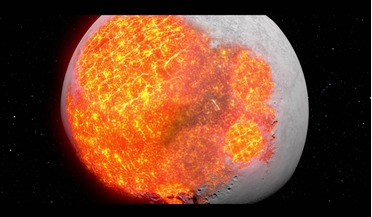 02 October 2018
New technique could provide fresh insights into how the Moon was formed
02 October 2018
New technique could provide fresh insights into how the Moon was formed
... team of scientists might soon be able to determine how the Moon was formed. It has been nearly 50 years since the crew...rays off a common green mineral – olivine – found in the Moon rock samples to study them in greater detail than ever before. ...
 03 January 2019
Chinese goddess lands on far side of the Moon
03 January 2019
Chinese goddess lands on far side of the Moon
...be the largest, oldest and deepest crater on the Moon’s surface. Official confirmation of the landing came via state... the Grand Canyon. It is believed to have formed in the Moon’s early history during a collision which likely threw up material from ...
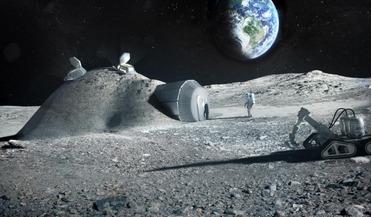 30 March 2020
Study shows astronaut urine could help build moon bases
30 March 2020
Study shows astronaut urine could help build moon bases
... Pilehvar at Østfold University College, Norway, used a 3D printer to manufacture various 'mud' cylinders made out of material similar to moon regolith. These were then tested against other plasticisers to see which could bear heavy weights shortly...
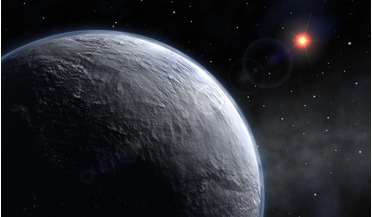 26 November 2021
A closer Moon could have helped the early habitability of our planet
26 November 2021
A closer Moon could have helped the early habitability of our planet
... distribution which affected global albedo; albedo is the proportion of radiation that is reflected by a surface, typically that of a planet or moon. If, for example, the Earth was a giant snowball it would reflect most of the incoming light from the...
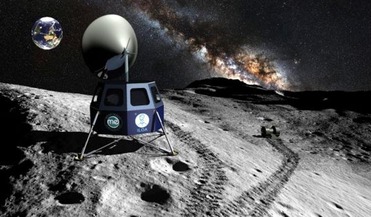 24 July 2017
First lunar observatory for Moon's south pole in 2019
24 July 2017
First lunar observatory for Moon's south pole in 2019
...human understanding of the cosmos through observation from our moon." The announcement by the two parties state that ...to secure such a contract at the time. And according to the Moon Express website its first mission is still on schedule to launch by ...
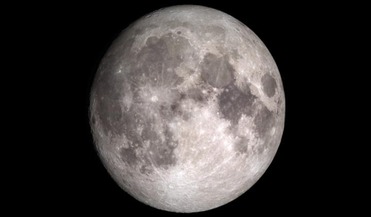 26 February 2018
More water on the Moon than previously thought
26 February 2018
More water on the Moon than previously thought
...for breathable air and rocket fuel. Consequently, understanding if the Moon has enough water, and if it can easily accessed is ... signatures interpreted as water in sunlight reflected from the Moon's surface. Not only that, but the signals seemed...